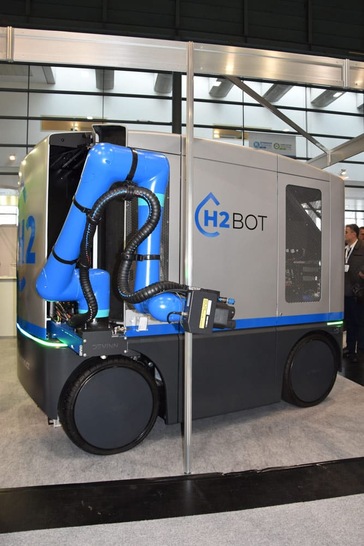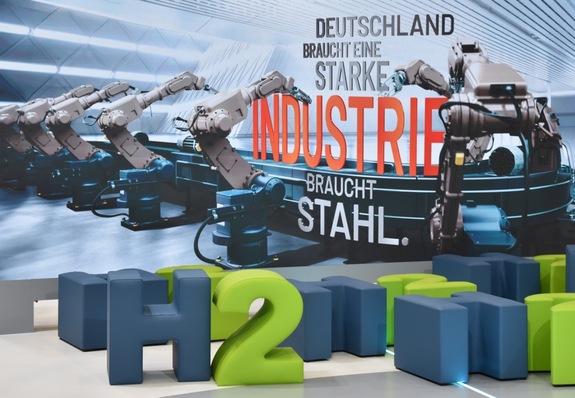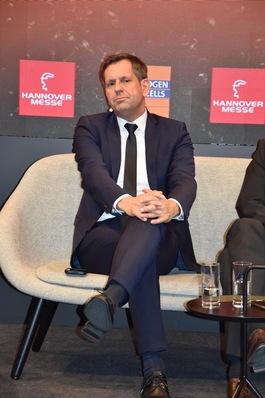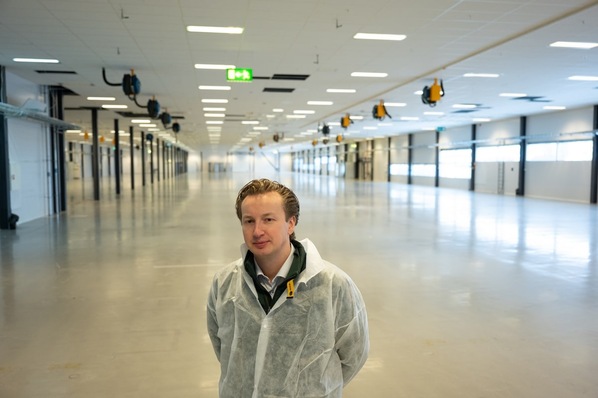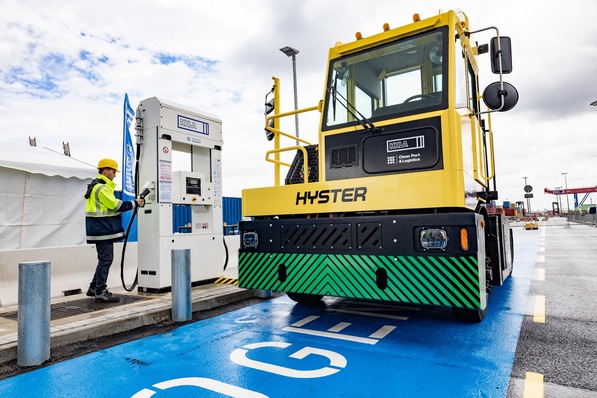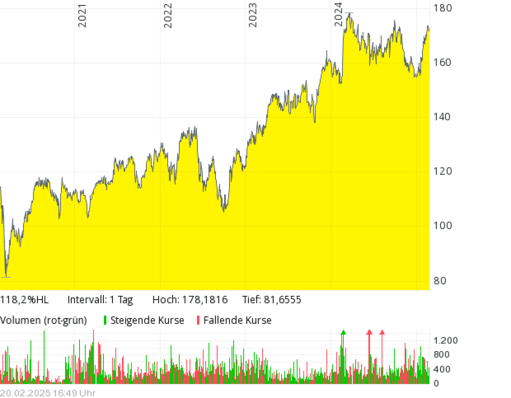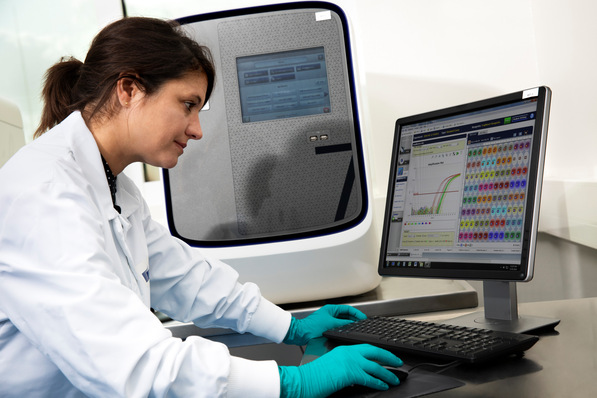The German city of Bremen was the place to be and be seen in 2022, courtesy of the Hydrogen Technology Expo Europe. It was the first time that such a large and lively hydrogen trade fair had been staged on the continent. In the space of just a year, the organizer had managed to nearly double the number of exhibitors from 180 to 350. On October 19 and 20, 2022, over 5,000 delegates – most of whom were trade visitors – made their way to the two exhibition halls. Such was the level of attendance that at times booth staff were given little pause between conversations. Nevertheless the event’s future remains uncertain. Its proximity, both in terms of timing and location, to H2Expo in Hamburg means that there can only really be room for one show.
No two ways about it, Trans-Global Events did an excellent job. In contrast to German fairs, the British conference and exhibition organizer chose the right moment to focus on hydrogen and succeeded in drawing many industry players from Germany and beyond to Bremen, thanks to its attractive concept and professional delivery. Part of the HY-5 initiative involving Germany’s five most northerly states, Bremen is now poised to become one of the major protagonists in a future hydrogen economy.
Considering the strength of this trade show, its rival H2Expo, which according to current plans is to take place without WindEnergy on September 26 and 27, is unlikely to stand a chance should the Hydrogen Technology Expo Europe actually go ahead on September 27 and 28. Two other German events are also slated for the fall: the H2.0 Conference in the northern town of Husum on September 11 and f-cell in Stuttgart on September 13 and 14. The need to merge the events in northern Germany or rethink the timetable would appear to be inevitable.
Kathryn Boyd, deputy trade commissioner for Europe at the UK’s Department for International Trade, paid tribute not just to the organizer but also to the German government for its rapid switch to renewable energies in such a large industrial nation. This set the bar extremely high for others, she said.
From mobile charging robot to battery electrolyzer stack
Spread across the almost 15,000-square-meter (161,000-square-foot) exhibition space were a number of newcomers, such as Devinn. The Czech development company showcased its mobile charging robot H2BOT – a remotely controlled electric vehicle charger that runs on hydrogen. The presented prototype features a fuel cell system from Nuvera. The engineers from Jablonec nad Nisou are, however, open to additional development partners and are on the lookout for initial customers who want to assist drivers of electric vehicles. Rather than having to travel to a charging point, “instead the charging point comes to them,” explained Devinn CEO Luboš Hajský.
Another company pursuing an unusual idea is Battolyser Systems from the Netherlands, whose technology combines a battery and an electrolyzer in a single unit. In 2016, Fokko Mulder’s research group demonstrated on a laboratory scale that a nickel-iron battery is also capable of producing hydrogen when overcharged. It is understood that a reference plant is already in use at energy supplier Vattenfall and will continue to be operated by RWE which has since taken over the site. Meanwhile work is underway on a second production generation which will hopefully be ready for commercialization at the end of 2024, H2-international was told in Bremen.
Author: Sven Geitmann


